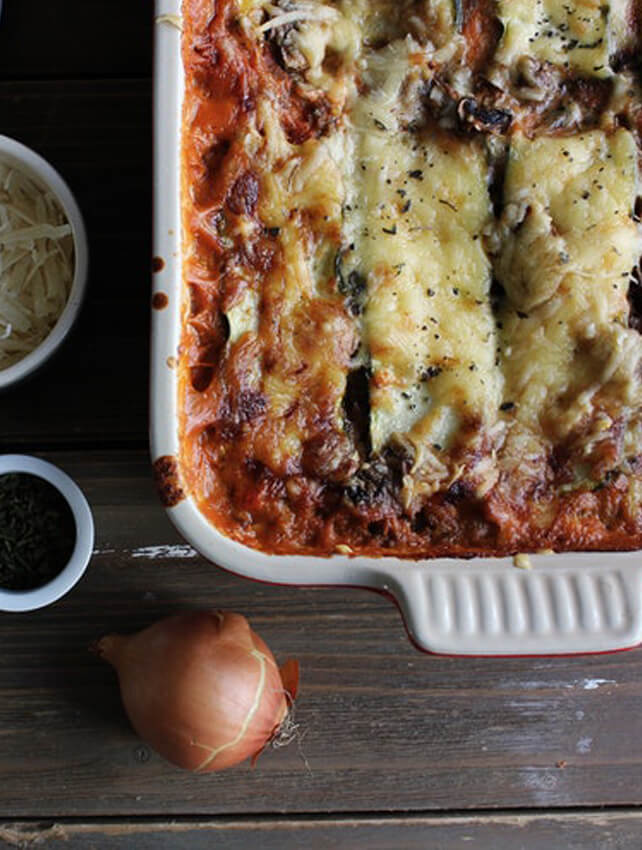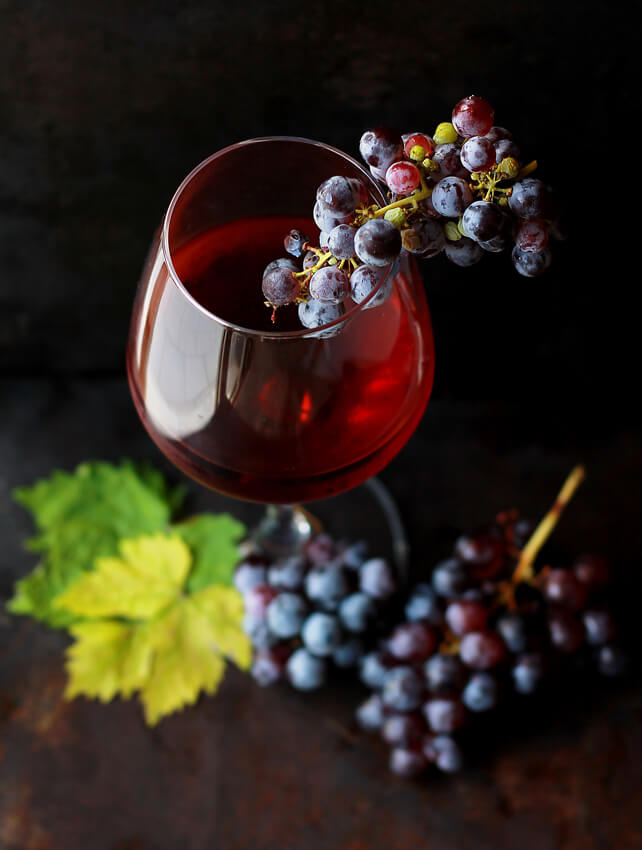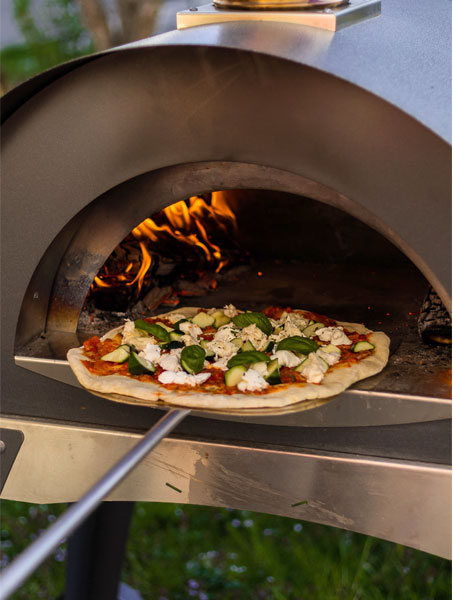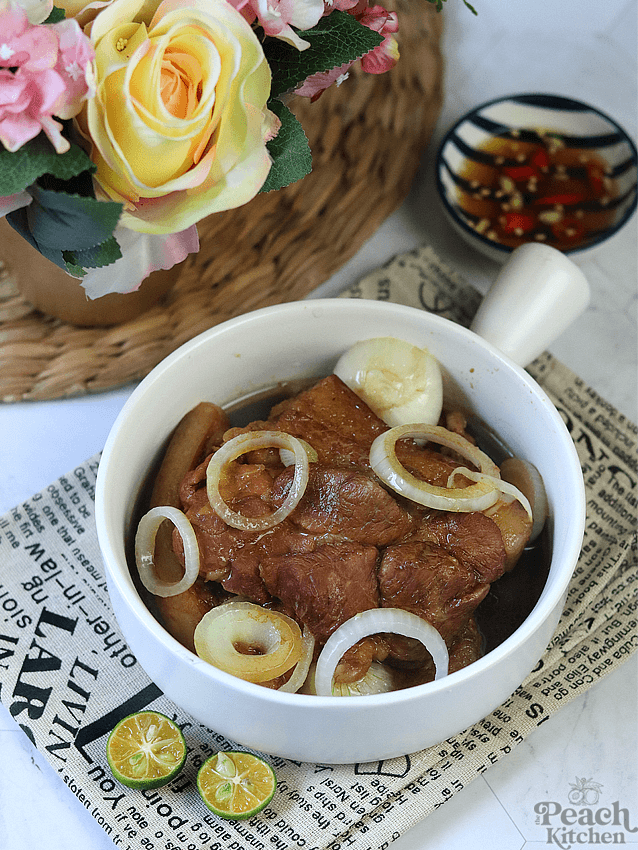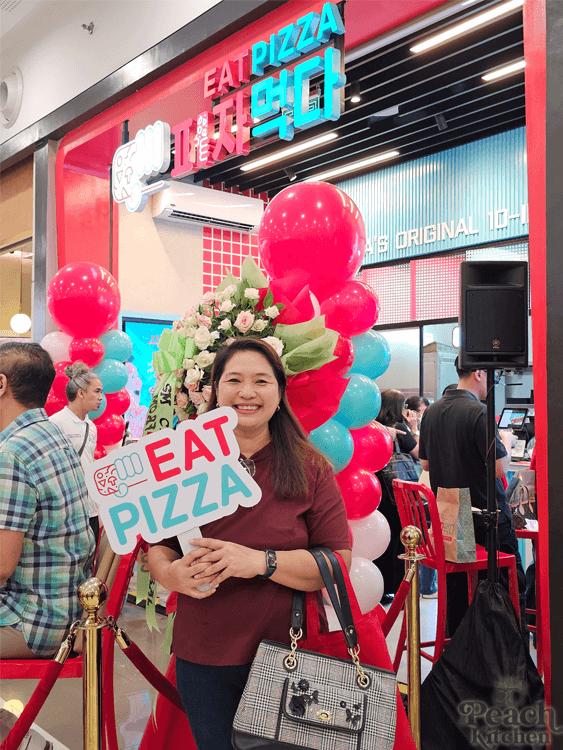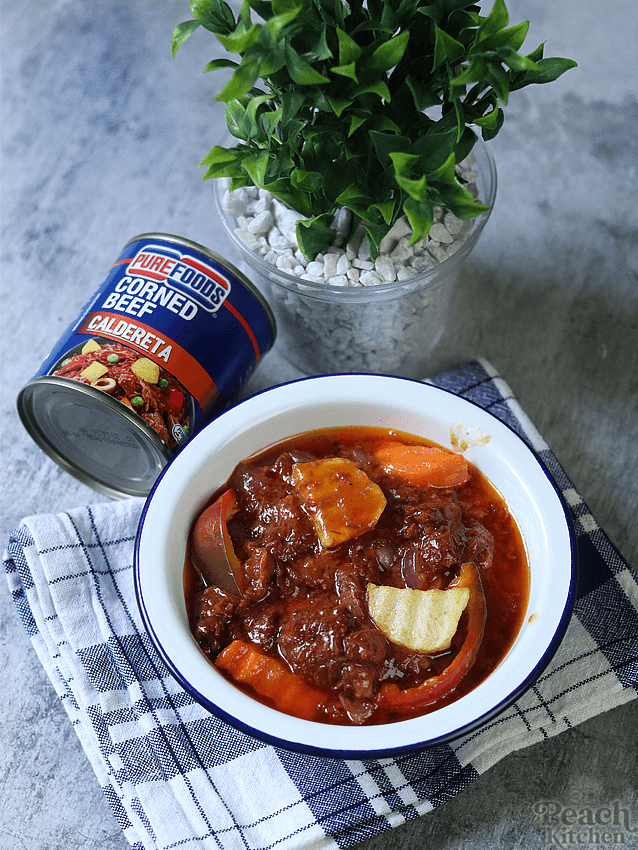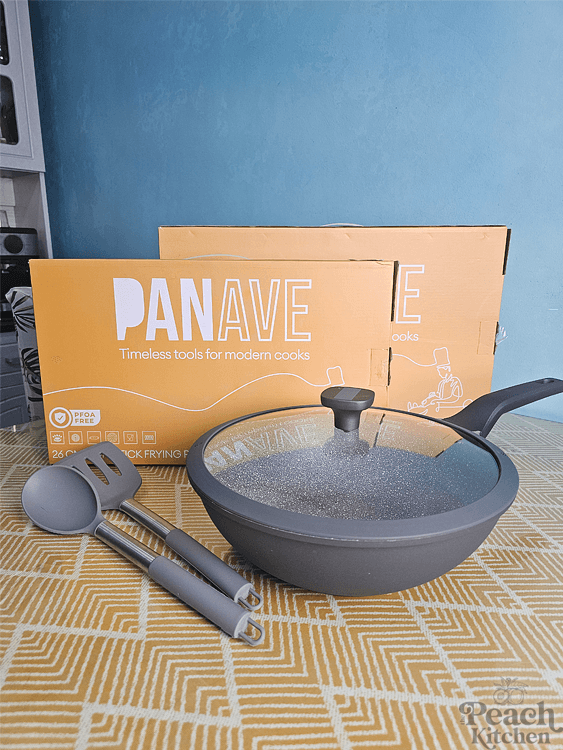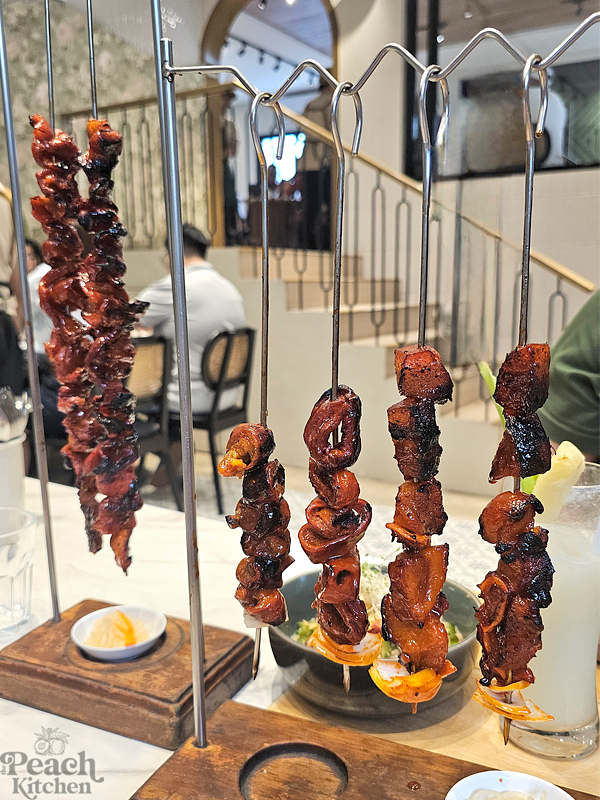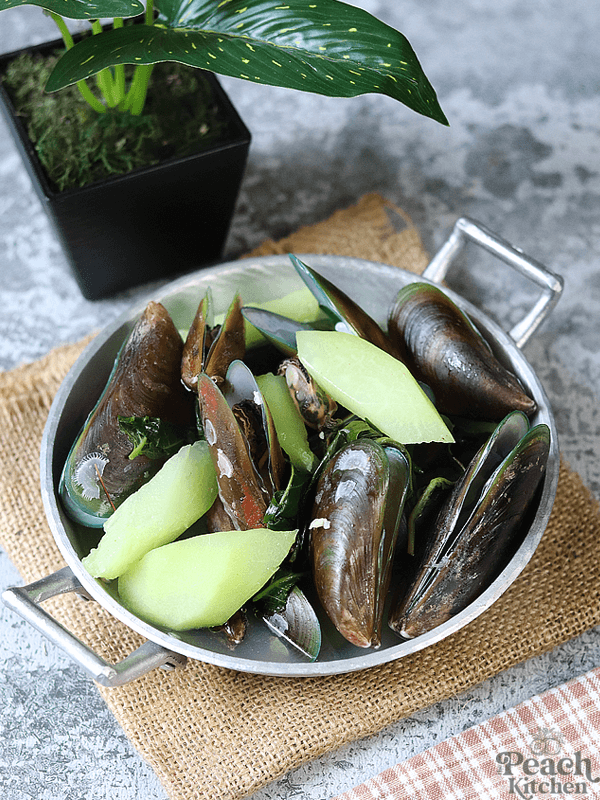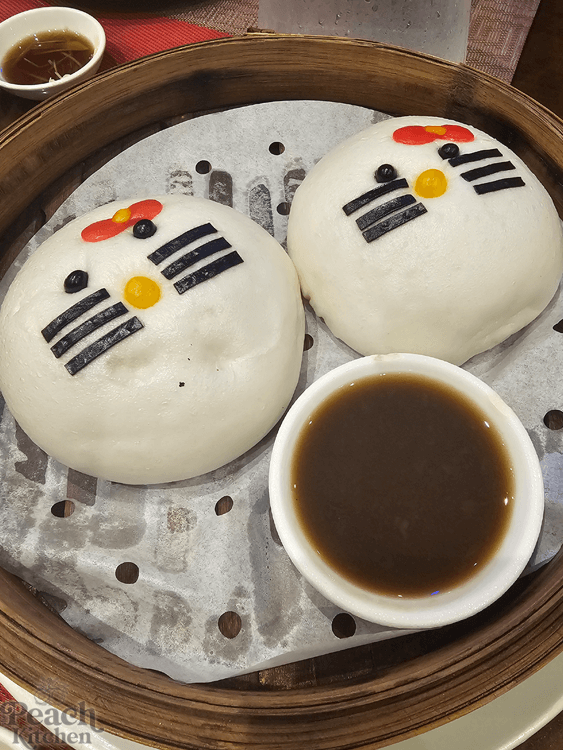Explore the intriguing world of Dishes and Recipes in Dystopian Books: Interesting Literary Discoveries in this comprehensive article. Uncover unique insights and expert analysis while diving into this literary culinary journey.

Dystopian literature has been a source of fascination for readers, presenting them with thought-provoking narratives of bleak, alternate realities. While the focus is typically on societal issues and human nature, one aspect that often goes overlooked is the food described within these dystopian worlds. In this article, we will embark on a literary and culinary journey, uncovering the intriguing dishes and recipes found in dystopian books. From the hauntingly realistic to the utterly fantastical, these culinary creations will leave you both curious and hungry.
So, let’s dive into the world of Dishes and Recipes in Dystopian Books: Interesting Literary Discoveries.
Dystopian Cuisine: A Literary Exploration
Dystopian literature offers a captivating glimpse into societies marked by oppression, scarcity, and innovation. Food plays a crucial role in these narratives, reflecting the societies’ values and challenges. Let’s explore some dystopian books and the culinary discoveries they offer.
“The Hunger Games” by Suzanne Collins
In Suzanne Collins’ “The Hunger Games,” the Capitol is depicted as a place of opulence, starkly contrasted with the districts’ poverty. The extravagant dishes served at the Capitol’s feasts are a testament to this disparity. From the famous Lamb Stew with Dried Plums to the delectable Capitol Cakes, the food in this dystopian world symbolizes the stark inequality and excess of the Capitol’s ruling class.
“Brave New World” by Aldous Huxley
Aldous Huxley’s “Brave New World” envisions a world where conformity and consumerism are paramount. In this society, people consume the calming drug “soma” and indulge in meals that are engineered for their emotional effects. The dining experiences in this book raise questions about the impact of technology on food, paving the way for discussions on the future of gastronomy.
“Soylent Green” – The Mystery Dish
The dystopian film “Soylent Green” presents one of the most famous culinary mysteries in the sci-fi genre. The mysterious food product, Soylent Green, becomes the center of a disturbing revelation. Exploring the ingredients of this food product is an intriguing exercise in uncovering hidden truths within dystopian narratives.
“The Road” by Cormac McCarthy
Cormac McCarthy’s “The Road” takes a different approach by focusing on the grim and austere aspects of post-apocalyptic survival. The protagonist and his son scavenge for any available sustenance, leading to the consumption of canned goods, worms, and even human flesh. This story forces us to confront the dire consequences of a dystopian world devoid of resources.
“Fahrenheit 451” by Ray Bradbury
The “Fahrenheit 451” Book introduces us to a world where books are forbidden, but pancakes remain a beloved morning treat. The protagonist, Guy Montag, reflects on the memory of these fluffy, golden pancakes, reminding us of the simple joys of life amidst chaos.
Bradbury’s narrative includes descriptions of illicit gatherings where food and books collide. These feasts represent not only a literal indulgence but also the rebellion against a repressive society, symbolizing the craving for knowledge and flavor. In this dystopian world, food becomes a symbol of rebellion and resilience. The characters consume knowledge through the written word, paralleling it with the nourishment of their bodies.
For those delving into the book “Fahrenheit 451” and seeking to explore it through various perspectives, an excellent resource to consider is the Fahrenheit 451 essay examples database. Within this repository, one can discover a plethora of diverse essays on this topic, providing valuable insights and interpretations of the text. Students frequently turn to this platform in their quest for engaging essay examples to enhance their academic endeavors. Whether you’re analyzing the book’s themes, characters, or societal commentary, this database is a valuable tool to uncover a multitude of intriguing essays for your scholarly pursuits.
Literary Nourishment: Unique and Thought-Provoking Recipes
The culinary aspects of dystopian books aren’t just a backdrop; they provide a unique lens through which to examine societal structures and human behavior. Here are some thought-provoking recipes and dishes from the dystopian realm:
Dystopian Delicacy 1: Capitol Cakes
Capitol Cakes from “The Hunger Games” are an exquisite blend of art and taste. With colorful icing and intricate designs, these cakes represent the decadence of the Capitol’s elite. They offer a stark contrast to the struggles of the districts, highlighting the extravagance that thrives at the heart of the dystopian society.
Dystopian Delicacy 2: Soma-Filled Meals
In “Brave New World,” the citizens are conditioned to embrace conformity, and their meals are no exception. The Soma-Filled Meals are engineered to evoke specific emotional responses, ensuring that individuals remain content and compliant. This concept raises intriguing questions about the role of food in shaping emotions and behavior.
Dystopian Delicacy 3: Soylent Green Investigation
In the world of “Soylent Green,” the eponymous food product becomes a source of mystery and horror. Soylent Green Investigation involves uncovering the truth behind this seemingly ordinary food, leading to a shocking revelation. This dystopian dish serves as a compelling symbol of a society’s darkest secrets hidden in plain sight.
Dystopian Delicacy 4: Survival Sustenance
“The Road” presents a stark contrast to the opulence of the Capitol or the engineered meals of “Brave New World.” Here, the focus is on Survival Sustenance. This category includes whatever the protagonist and his son can find to stave off hunger. From canned peaches to earthworms, these meals represent the raw, desperate nature of survival in a dystopian world.
Conclusion
In the realm of literature, Dishes and Recipes in Dystopian Books: Interesting Literary Discoveries offer more than just food for thought. They provide a unique perspective on the intricacies of dystopian societies, human behavior, and the possible future of food. From extravagant Capitol Cakes to the unsettling secrets of Soylent Green, these culinary creations captivate


